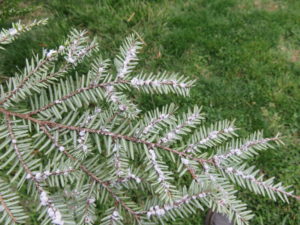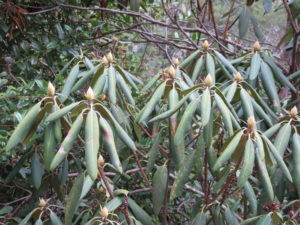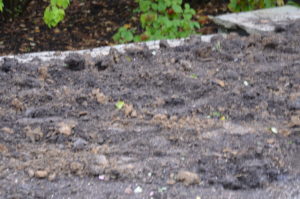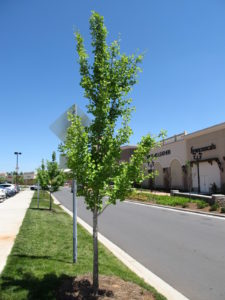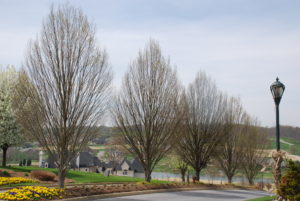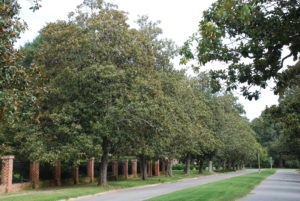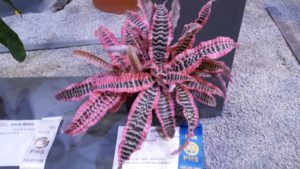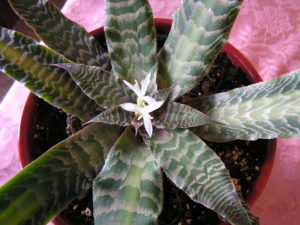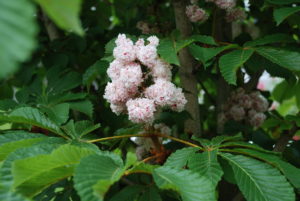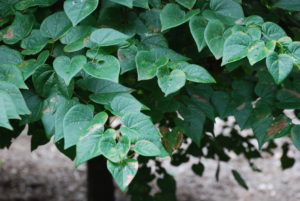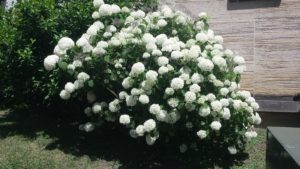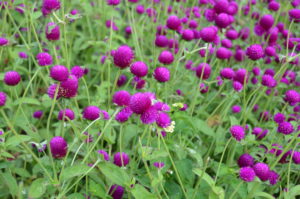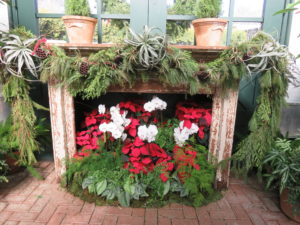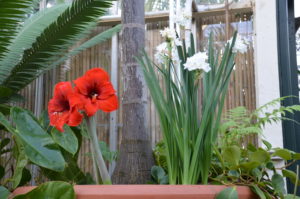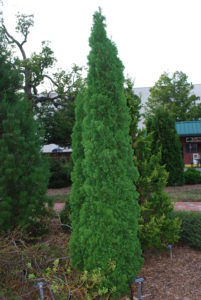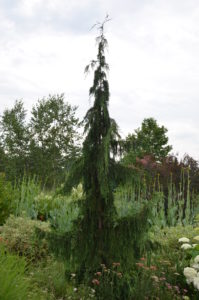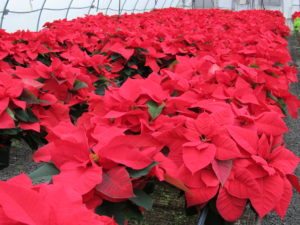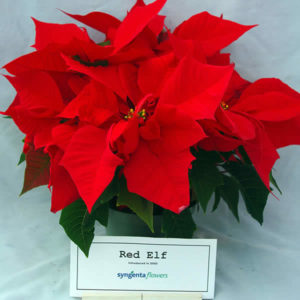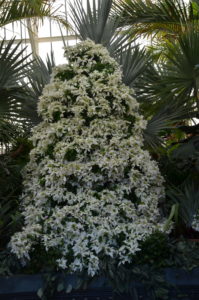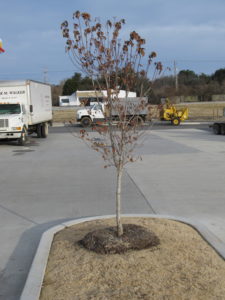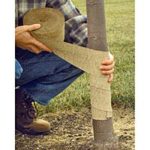GOOD NEWS! The recent cold snap is having a negative impact on the invasive hemlock wooly adelgids in the Smokies. Since 2002 this insect has killed millions of hemlock trees in the U.S. Biologists in the Great Smoky Mountains report that the recent spell of frigid temperatures has killed off overwintering hemlock adelgids.
Over 15 years ago, the hemlock woolly adelgid (HWA) invaded the Great Smoky Mountains National Park. This tiny Asian insect has killed millions of hemlock trees in the Eastern U.S. The pest gets its name from the white woolly coating that covers and protects the nymphs while they feast on hemlock trees.
Wooly adelgids complete a lot of their life cycle over the winter months. The severe dips in temperatures this winter are negatively effecting populations in the Northern areas of the U.S. and Canada. Insect mortality occurs when temps go down to 4 – 5°F.
The hemlock-killing bugs had been rebound the last couple of winters. A similar deep freeze back in 2014 also penetrated the insects’ woolly protection. “The big ‘polar vortex’ blast in 2014 and 2015 really helped us out with the adelgid. We had those prolonged weeks where the temperature was below zero in the higher elevations and killed a lot of them,” says NPS forester Jesse Webster.
Last year’s drought saw big population increases in HWA. “We really can benefit from some hard freezes in dry weather. Snow and ice can insulate insects. When they are directly exposed to the extremely cold air, that’s when their mortality rates are really high” says Webster.
Credit: this information originated from a news report from WBIR-TV in Knoxville, TN and has been edited.

